Exploring Sikkim’s Bird Life
Nestled in the lap of the Himalayas, Sikkim is a bird lover’s paradise. The state’s vast and diverse terrain, ranging from alpine forests to subtropical zones, is home to a stunning variety of bird species. From the majestic Black Drongo to the exotic Golden Eagle, Sikkim’s avian population is nothing short of breathtaking. Whether you’re an experienced birder or a novice, Sikkim’s feathered inhabitants are sure to leave you in awe. So, it’s time to spread your wings and tick off these 20 stunning birds of Sikkim with name from your birding checklist.
Brown Fish Owl (Ketupa zeylonensis)
The Brown Fish Owl is a striking bird species that can be found in the forests and rocky river valleys of Sikkim. As the name suggests, this bird feeds primarily on fish, but it also eats other small mammals, birds, and insects. The Brown Fish Owl is a large bird with a distinctive brown and white plumage, and it has bright yellow eyes that add to its charm. This nocturnal bird is known for its deep, resonant hooting that echoes through the forest at night, adding to the mystical aura of Sikkim.
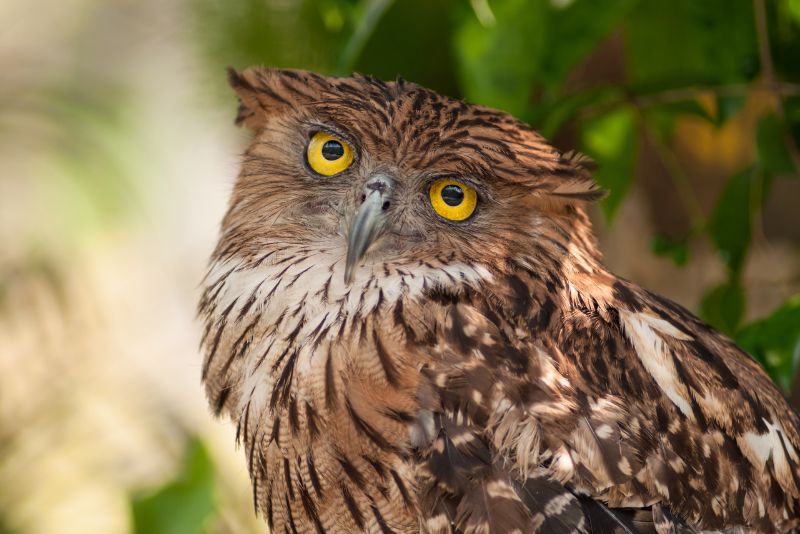
Black Drongo (Dicrurus macrocercus)
The Black Drongo is a common bird found in Sikkim’s open woodlands, scrublands, and gardens. This medium-sized bird has a glossy black plumage that stands out against the greenery, and it has a distinctive forked tail. The Black Drongo is an agile flyer and is known for its impressive aerial acrobatics, swooping and diving through the air to catch insects on the wing. This bird is also known for its unique call, which sounds like a series of clicks and whistles. The Black Drongo is a fascinating bird to watch, and its sleek appearance and intelligence make it a favorite among birdwatchers.
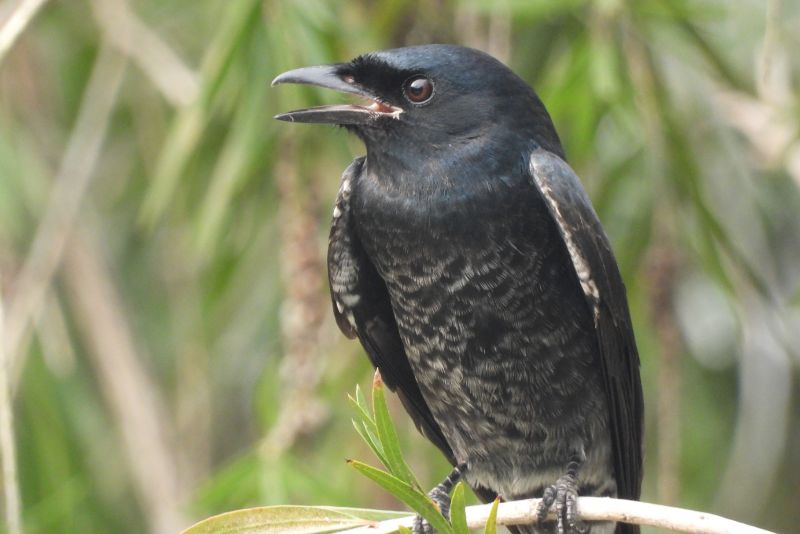
Great Crested Grebe (Podiceps cristatus)
The Great Crested Grebe is a large water bird found in the freshwater lakes and marshes of Sikkim. This striking bird has a distinctive black and white plumage, and it has a prominent crest on its head that gives it its name. The Great Crested Grebe is known for its impressive courtship display, which involves the birds swimming side by side and rising up out of the water in a synchronized dance. This bird feeds primarily on fish and aquatic invertebrates, and it is a strong swimmer and diver. The Great Crested Grebe is a beautiful and graceful bird, and it is always a pleasure to see it in the wild.
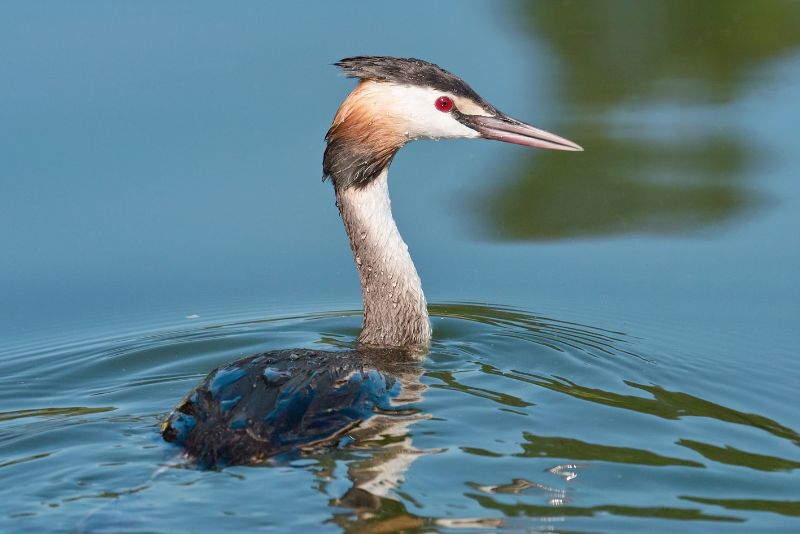
Kashmir Nuthatch (Sitta cashmirensis)
The Kashmir Nuthatch is a small bird found in the oak and rhododendron forests of Sikkim. This bird has a distinctive blue-grey plumage and a black stripe on its head. The Kashmir Nuthatch is known for its acrobatic abilities, and it can be seen clinging to tree trunks and branches while searching for insects and spiders. This bird has a unique call that sounds like a high-pitched whistle, and it is a delight to hear it in the forest. The Kashmir Nuthatch is a charming little bird, and it is always a pleasure to spot it while birdwatching.
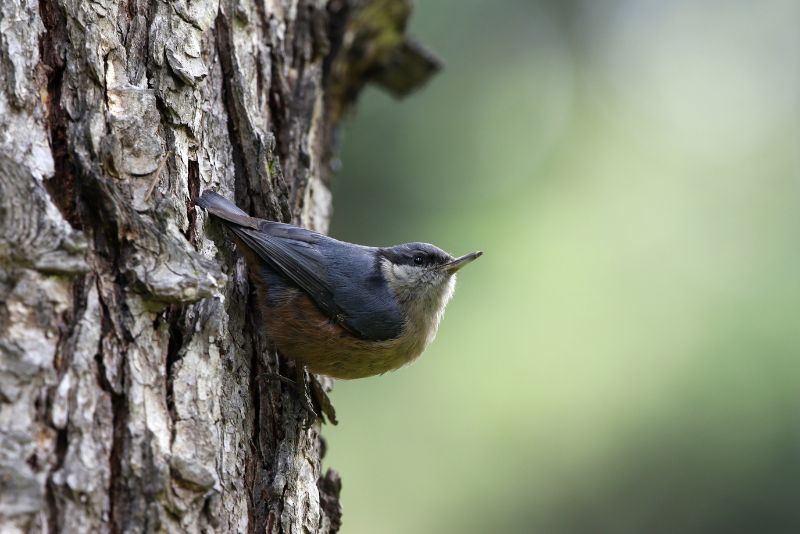
Eurasian Nutcracker (Nucifraga caryocatactes)
The Eurasian Nutcracker is a medium-sized bird found in the coniferous forests of Sikkim. This bird has a striking black and white plumage, and it has a distinctive long bill that it uses to crack open nuts and seeds. The Eurasian Nutcracker is known for its intelligence, and it has a remarkable memory that allows it to remember the locations of its food caches. This bird has a unique call that sounds like a hoarse “tchay tchay,” and it is always a delight to hear it in the forest. The Eurasian Nutcracker is a fascinating bird, and it is a must-see for birdwatchers visiting Sikkim.
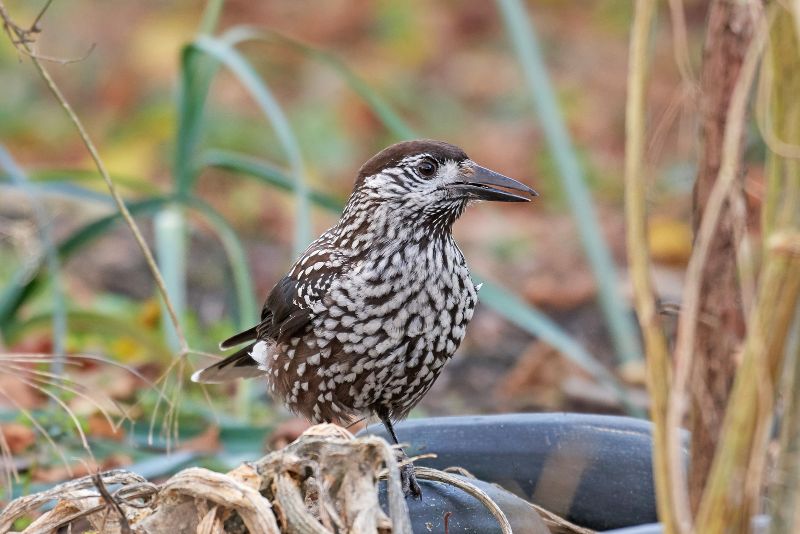
Thick-billed Warbler (Arundinax aedon)
The Thick-billed Warbler is a fairly common bird species found in Sikkim, inhabiting dense forests and shrublands. It has a distinctive appearance with a stout bill and brownish-grey upperparts. The underparts are whitish-grey, and it has a prominent white supercilium, which gives it a striking appearance. These birds are highly vocal and their loud, scratchy notes can often be heard from a distance.
Thick-billed Warblers are known for their skulking nature and are often heard more than seen. However, with a little patience, birders can often spot these elusive birds foraging in the undergrowth for insects and other invertebrates. These birds are migratory and breed in the Himalayas, spending their winters in the plains of India and Southeast Asia.
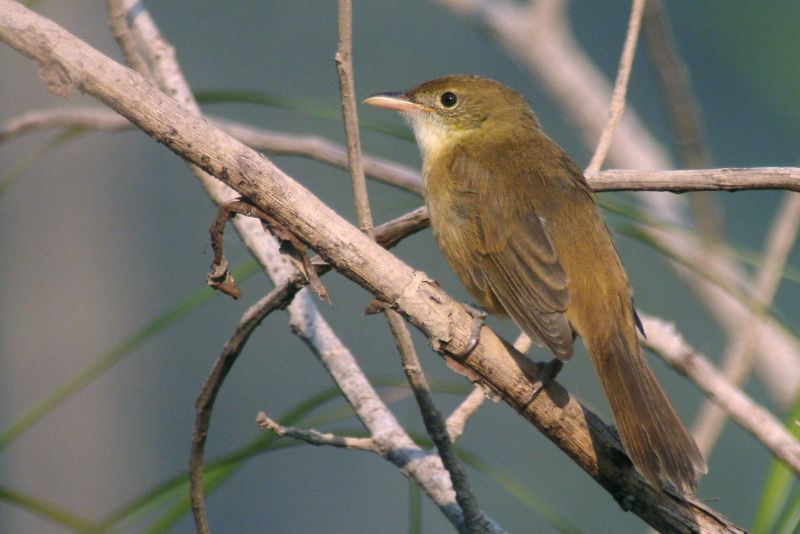
Little Pied Flycatcher (Ficedula westermanni)
The Little Pied Flycatcher is a small bird species found in Sikkim, inhabiting dense forests and woodland areas. These birds have a distinctive appearance, with a black and white plumage and a prominent white patch on the forehead. They are known for their melodious songs and can often be heard singing from the treetops.
Little Pied Flycatchers are insectivorous and feed on a variety of insects, including butterflies, moths, and flies. During the breeding season, males perform elaborate courtship displays to attract females. These displays involve bobbing and fluttering movements, accompanied by a series of melodious calls. These birds breed in the Himalayas and migrate to Southeast Asia for the winter. They are a treat to watch for any avid bird watcher.
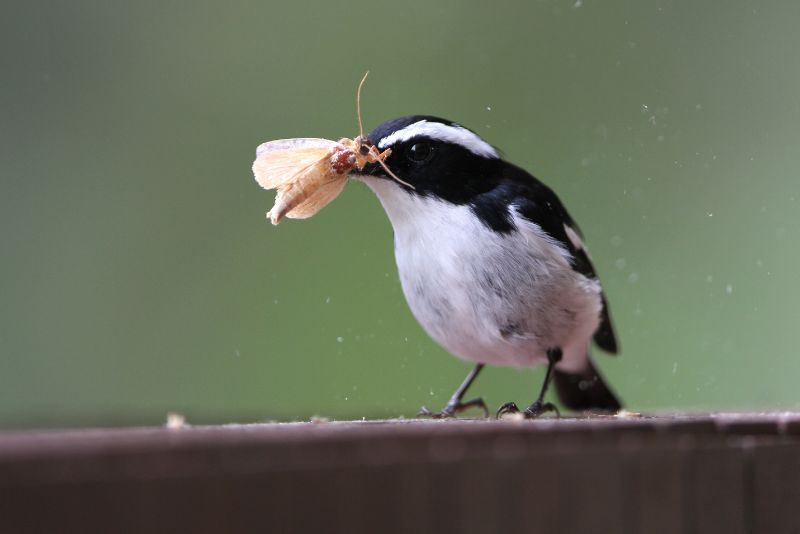
Western Marsh Harrier (Circus aeruginosus)
The Western Marsh Harrier is a bird of prey found in Sikkim, inhabiting wetlands and marshy areas. These birds have a distinctive appearance, with brownish-grey plumage and a long tail. They have a wingspan of up to 1.5 meters, making them an impressive sight in flight.
Western Marsh Harriers are known for their hunting prowess and feed on a variety of prey, including small mammals, birds, and reptiles. They are skilled hunters and are often seen soaring over wetlands in search of prey. These birds breed in the northern hemisphere and migrate to Africa and southern Asia for the winter. The sight of a Western Marsh Harrier in flight is a true delight for any bird lover.
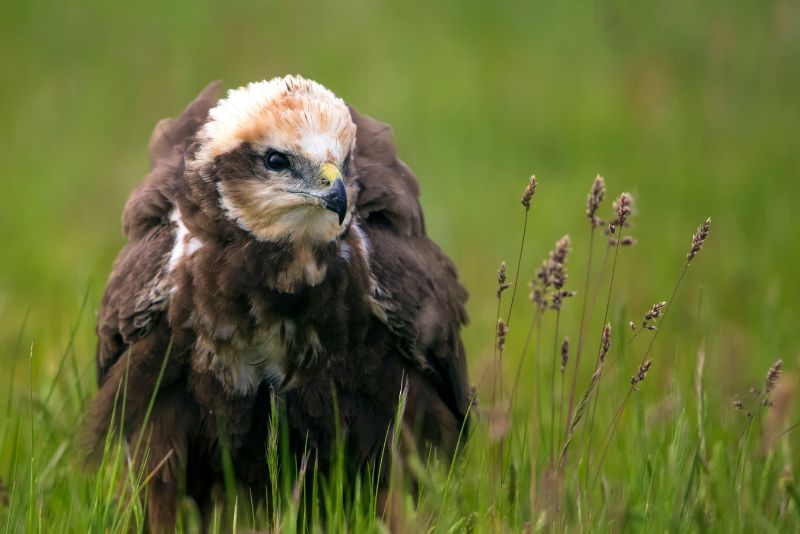
Black-capped Kingfisher (Halcyon pileata)
The Black-capped Kingfisher is a bird species found in Sikkim, inhabiting forested areas near streams and rivers. These birds have a distinctive appearance, with a bright blue back, a black cap, and a white collar. They are known for their loud, piercing calls, which can often be heard echoing through the forest.
Black-capped Kingfishers are piscivorous and feed primarily on fish, but also take other aquatic prey such as crabs and frogs. They are skilled hunters and can often be seen perched on a branch near the water, waiting for the perfect moment to dive in for their prey. These birds breed in the Himalayas and spend their winters in the plains of India and Southeast Asia.
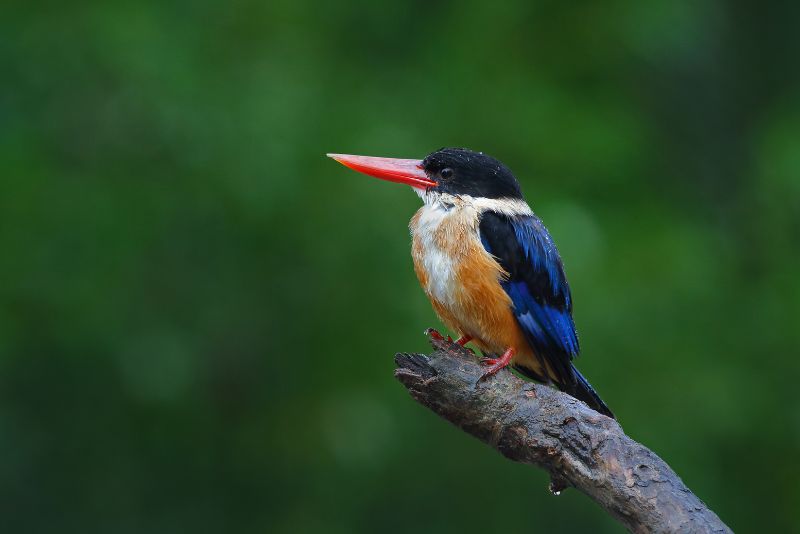
Red-faced Liocichla (Liocichla phoenicea)
The Red-faced Liocichla is a beautiful bird species found in the forests of Sikkim. These birds are small in size but make up for it with their vibrant colors. Their crimson-red face and throat stand out against the green foliage, making them a treat to spot. They have a black cap, a greenish-brown back, and a rufous-brown tail. These birds prefer to remain hidden in dense vegetation, and their high-pitched calls are the best way to locate them.
Red-faced Liocichlas are social birds and are usually found in pairs or small groups. They feed on insects, berries, and seeds. Their nest is a small cup made of moss, lichens, and twigs. These birds are a delight to watch as they hop and flutter through the undergrowth.
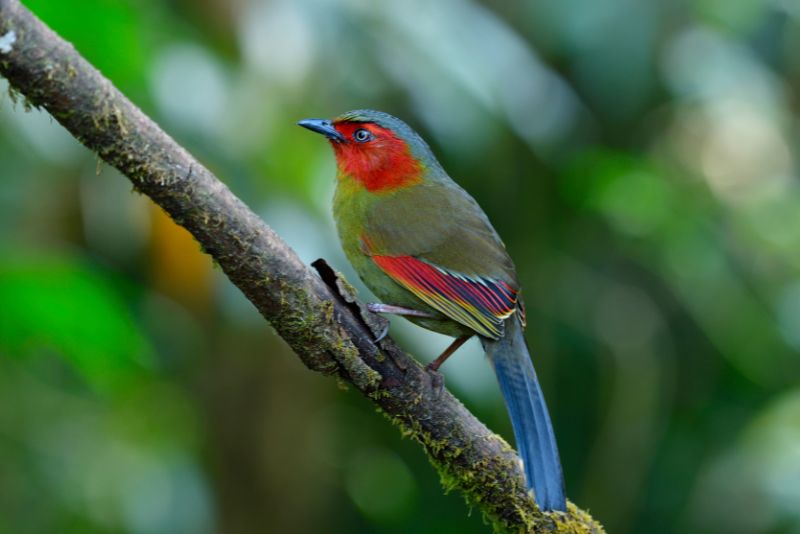
Pale-chinned Blue Flycatcher (Cyornis poliogenys)
The Pale-chinned Blue Flycatcher is a beautiful bird species that can be found in the forests of Sikkim. These birds are small and delicate, with a slate-blue upper body and a white belly. Their most distinctive feature is their pale blue chin, which sets them apart from other blue flycatchers. Pale-chinned Blue Flycatchers are insectivorous and feed on a variety of small insects, including flies, moths, and beetles.
These birds are usually found near streams and other water bodies, where they forage for insects. They build their nests in the hollow of trees, usually close to water. Pale-chinned Blue Flycatchers are known for their melodious songs, which can be heard throughout the day. They are a delight to watch as they flit from branch to branch, hunting for their prey.
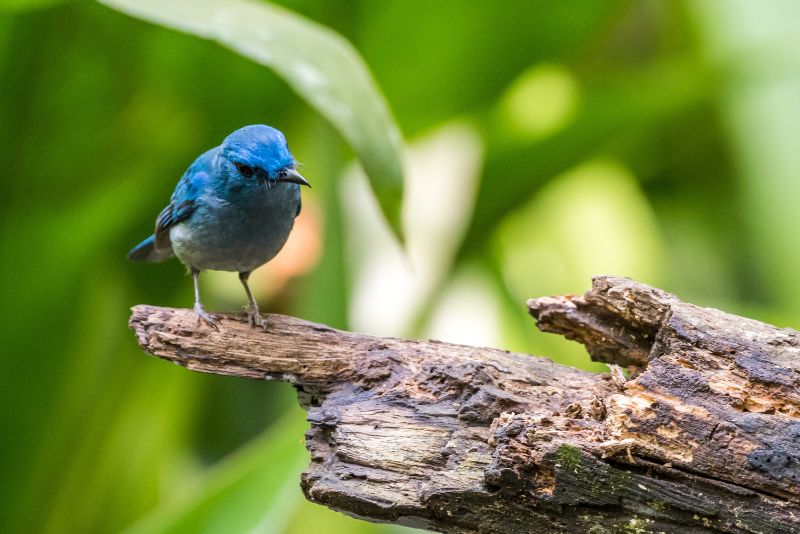
Grey Heron (Ardea cinerea)
The Grey Heron is a large bird species found in the wetlands of Sikkim. These birds are easily recognizable with their long legs, long neck, and gray plumage. They are carnivorous and feed on a variety of fish, frogs, and other aquatic creatures. Grey Herons are skilled hunters and can often be seen standing motionless in the water, waiting for their prey.
These birds build their nests in tall trees close to water bodies. Their nests are large and made of sticks and twigs. Grey Herons are usually solitary birds and are known for their graceful flight. They are a common sight in the wetlands of Sikkim and are a treat to watch as they take off and land on the water.
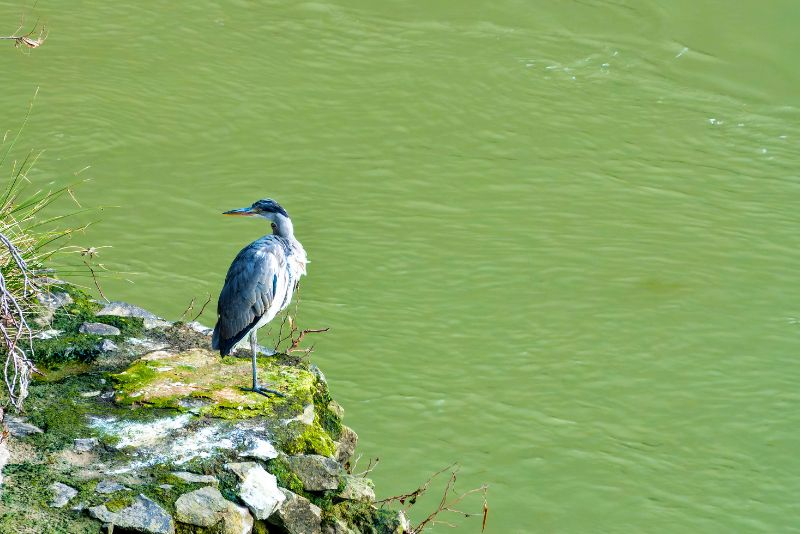
River Tern (Sterna aurantia)
The River Tern is a beautiful bird species found in the rivers and lakes of Sikkim. These birds are small and slender with a gray upper body and a white underbelly. They have a forked tail and a black cap on their head. River Terns are skilled hunters and feed on small fish and insects. They are known for their graceful flight and can often be seen hovering over the water before diving in to catch their prey.
River Terns build their nests on sandbars in the middle of rivers. Their nests are simple scrapes in the sand, and they lay 2-3 eggs at a time. These birds are social and are usually found in small flocks. They are a treat to watch as they fly over the water, diving and swooping to catch their prey.
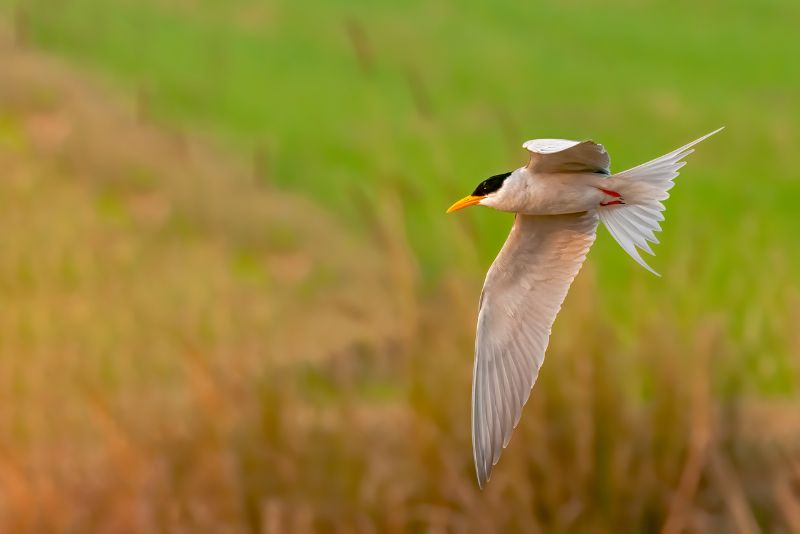
Grey-breasted Prinia (Prinia hodgsonii)
The Grey-breasted Prinia, also known as the Grey-breasted Wren-Warbler, is a small passerine bird that belongs to the Cisticolidae family. These birds are commonly found in Sikkim’s subtropical forests and grasslands. Grey-breasted Prinias have a greyish-brown head, wings, and tail, with a distinct whitish-grey breast. They are known for their distinctive call, which sounds like a series of rapid chattering notes. These birds are known for their acrobatic displays, often seen clinging onto tall grass blades while singing loudly.
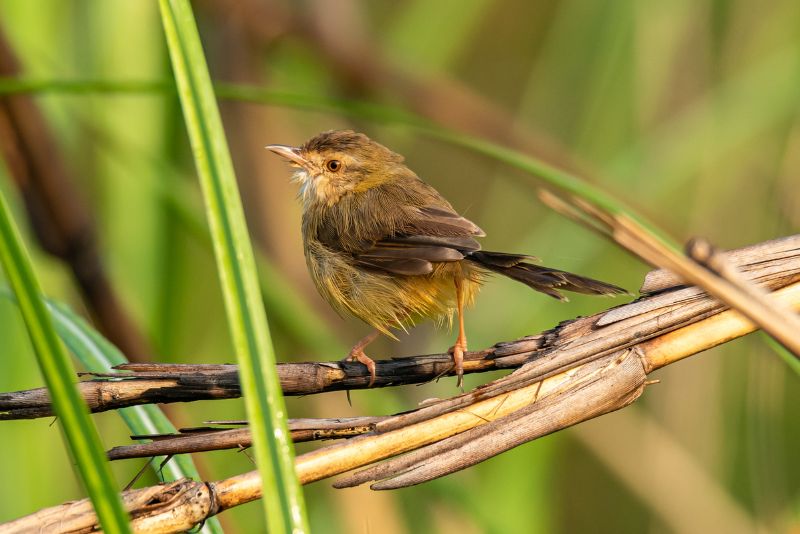
Yellow-vented Leaf Warbler (Seicercus cantator)
The Yellow-vented Leaf Warbler is a small songbird belonging to the Phylloscopidae family. As their name suggests, these birds can be found in Sikkim’s forests, often seen foraging for insects amongst the leaves. They have olive-green upperparts and a yellowish vent, with a distinct yellow stripe above their eyes. These birds have a melodious and high-pitched song, which is a distinctive feature.
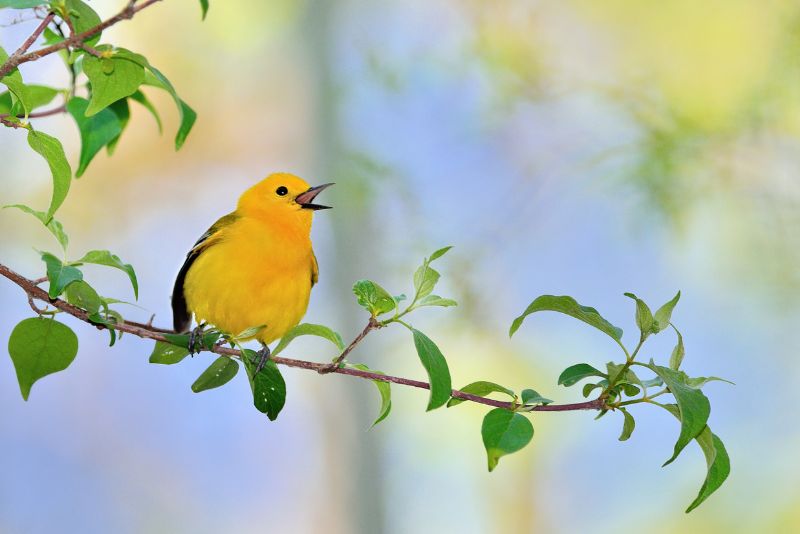
Slender-billed Scimitar Babbler (Pomatorhinus superciliaris)
The Slender-billed Scimitar Babbler is a medium-sized bird that belongs to the Timaliidae family. They can be found in Sikkim’s dense forests and undergrowth, foraging for insects and berries. These birds have a distinct curved bill, with a buff-brown body and white underparts. Slender-billed Scimitar Babblers are known for their loud and melodious song, often heard during the breeding season.
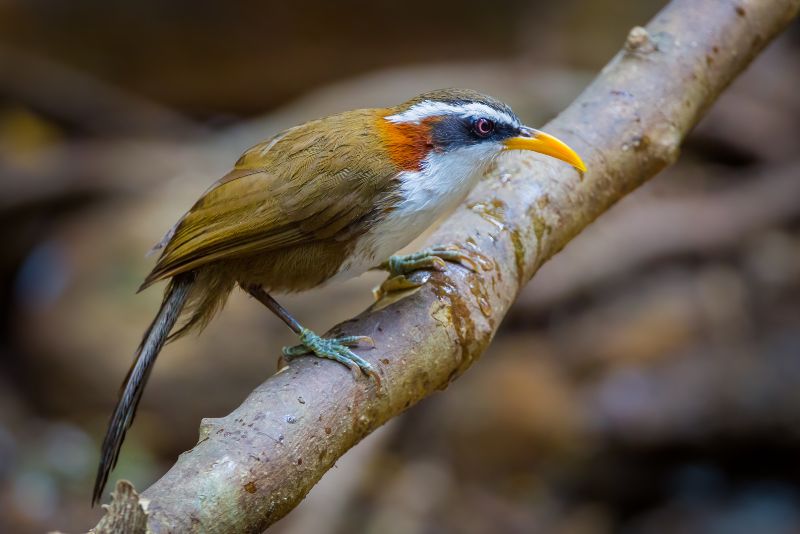
Paddyfield Pipit (Anthus rufulus)
The Paddyfield Pipit, also known as the Oriental Pipit, is a small passerine bird that belongs to the Motacillidae family. They can be found in Sikkim’s agricultural fields and grasslands, often seen foraging for seeds and insects. These birds have a streaked brown back and wings, with a pale underbelly. Paddyfield Pipits have a high-pitched call, and they are known for their distinctive flight display, where they fly up in a series of undulating movements.
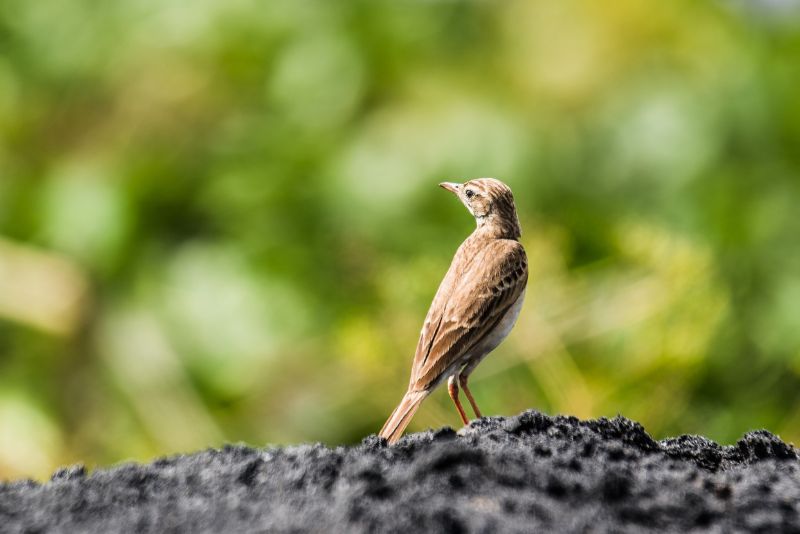
White-spectacled Leaf Warbler (Seicercus affinis)
The White-spectacled Leaf Warbler is a small songbird that belongs to the Phylloscopidae family. They are commonly found in Sikkim’s forests and can be seen foraging for insects amongst the leaves. These birds have olive-green upperparts and a distinct white eye-ring, giving them their name. They have a melodious and high-pitched song, often heard during the breeding season.
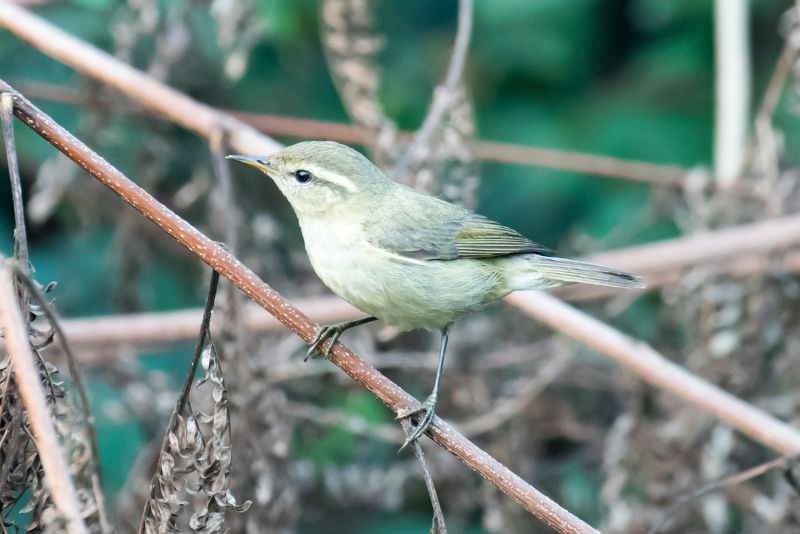
Golden Eagle (Aquila chrysaetos)
The Golden Eagle is a large bird of prey belonging to the Accipitridae family. These majestic birds can be found soaring high above Sikkim’s mountain ranges, often seen hunting for small mammals and birds. They have a dark brown body, with a distinctive golden nape and head. Golden Eagles have a loud and piercing call, and their wingspan can reach up to seven feet, making them an awe-inspiring sight to behold.
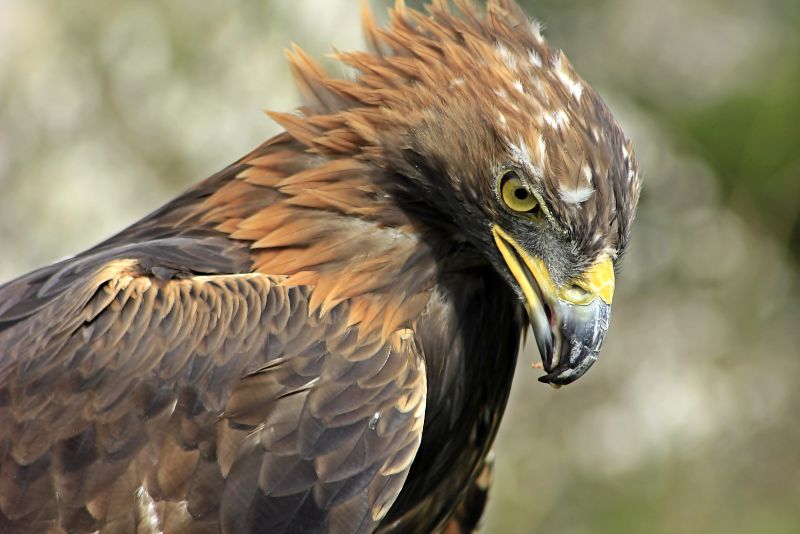
Pallas’s Fish Eagle (Haliaeetus leucoryphus)
Pallas’s Fish Eagle is a large bird of prey that can be found in Sikkim’s riverine habitats and wetlands. This majestic bird is often seen hunting for fish and water birds, and it has a distinctive white head and dark brown body. Its sharp and hooked beak is an essential tool for catching prey. When perched on a branch near the water’s edge, the Pallas’s Fish Eagle waits patiently before swooping down to grab its prey in its powerful talons. This impressive bird is a sight to behold and a testament to the natural diversity of Sikkim’s ecosystems.
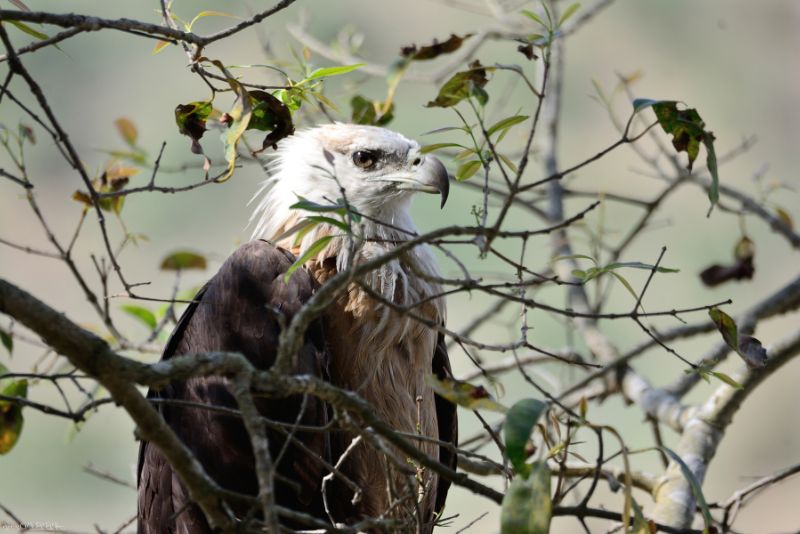
You may also like: Places to visit in Sikkim
Frequently Asked Questions
What is the state bird of Sikkim?
The state bird of Sikkim is the Blood Pheasant (Ithaginis cruentus), a beautiful and striking bird with bright red feathers and a distinctive white belly. This bird is found in the high-altitude regions of Sikkim and is considered an important symbol of the state’s natural heritage. The Blood Pheasant is known for its elusive nature, and spotting one in the wild is considered a rare and special experience for bird enthusiasts.
Where can I find a list of birds found in Sikkim?
You can find a comprehensive list of birds found in Sikkim in various resources like books, websites, and field guides. You can also download a birds of Sikkim pdf to access the information at your convenience.
Is there a book available on birds of Sikkim?
Yes, there are several books available on birds of Sikkim that you can purchase online or in local bookstores. These books offer detailed information on common birds of Sikkim, migratory birds of Sikkim, and birds found in Sikkim with names and pictures.
What are the common birds of Sikkim?
Some of the common birds of Sikkim include the Himalayan Monal, Fire-tailed Sunbird, Black-throated Tit, Rufous Sibia, and Green-tailed Sunbird, among others.
Are there any migratory birds in Sikkim?
Yes, Sikkim is home to many migratory birds that visit the region during the winter months. Some of these migratory birds include the Bar-headed Goose, Brahminy Duck, Common Teal, and Northern Pintail.
Where can I see birds in Sikkim?
You can see birds in Sikkim in various habitats like forests, wetlands, and riverine areas. Some popular birdwatching spots in Sikkim include the Khangchendzonga National Park, Singba Rhododendron Sanctuary, and Fambong Lho Wildlife Sanctuary.
Is there a list of birds of Sikkim with names available?
Yes, you can find a list of birds of Sikkim with names in field guides, books, and online resources. These resources provide detailed information on the identification, distribution, and behavior of each bird species found in Sikkim.
Gangtokian Web Team
















































